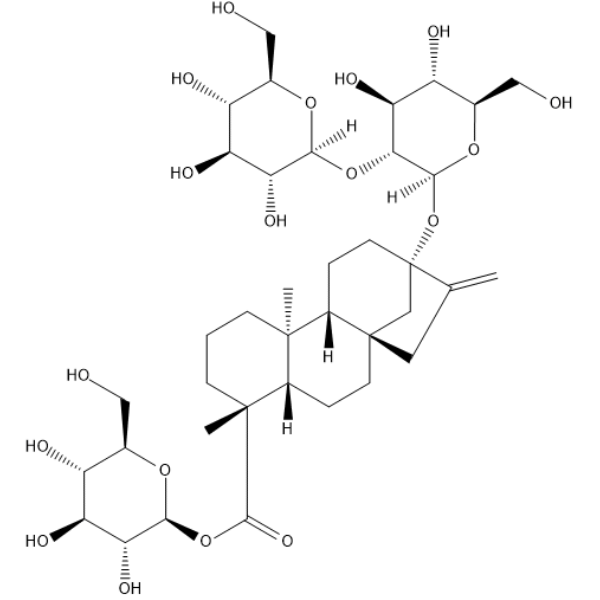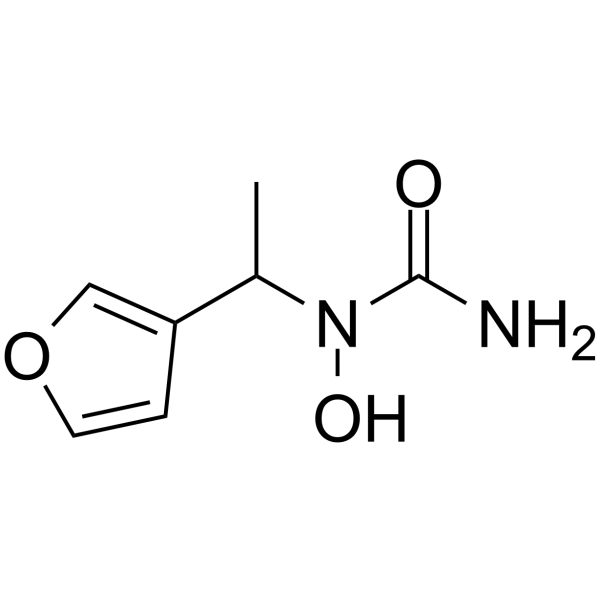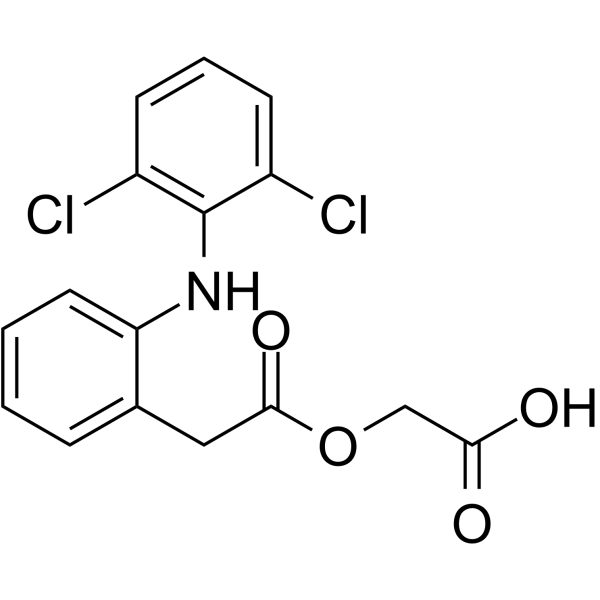|
BP14962
|
Paederoside
|
|
|
|
|
Paederoside is a potent deterrent against the beetle was isolated from the aphid. Paederoside displays high anti-tumor promoting activity against the Epstein-Barr virus activation.
|
|
BP14963
|
Ruscogenin
|
|
|
|
|
Ruscogenin has anti-inflammatory activity, suppressed zymosan A-evoked peritoneal total leukocyte migration in mice in a dose-dependent manner, Ruscogenin inhibited adhesion of leukocytes to a human umbilical vein endothelial cell line (ECV34) injured by tumor necrosis factor-alpha (TNF-alpha) in a concentration-dependent manner. Ruscogenin significantly attenuate LPS-induced acute lung injury via inhibiting expressions of TF and iNOS and NF-kappa B p65 activation.
|
|
BP14964
|
1400W dihydrochloride
|
|
|
|
|
1400 W is a highly effective and specific inhibitor of inducible NOS2 (iNOS).
|
|
BP14965
|
2',3,5,6',7-Pentahydroxyflavanone
|
|
|
|
|
2',3,5,6',7-Pentahydroxyflavanone is a natural product isolated from the roots of Scutellaria baicalensis.
|
|
BP14966
|
2-Amino-3-carboxy-1,4-naphthoquinone
|
|
|
|
|
2-Amino-3-carboxy-1,4-naphthoquinone is a novel growth stimulator for bifidobacteria, it affects the end-product profile of bifidobacteria through the mediated oxidation of NAD(P)H.
|
|
BP14967
|
2-Amino-5-methyl-3-thiophenecarbonitrile
|
|
|
|
|
2-Amino-5-methyl-3-thiophenecarbonitrile is an organic compund with molecular fomula C6H6N2S.
|
|
BP14968
|
NOS-IN-1
|
|
|
|
|
2-Imino-4-methylpiperidine is a potent, general NOS inhibitor.
|
|
BP14969
|
2-tert-Butyl-1,4-benzoquinone
|
|
|
|
|
2-tert-Butyl-1,4-benzoquinone (TBQ), an electrophilic metabolite of butylated hydroxyanisole (BHA), causes activation of Nrf2 together with S-arylation of its negative regulator Keap1 in RAW264.7 cells.
|
|
BP14970
|
3-(4-Hydroxyphenyl)-1-propanol
|
|
|
|
|
3-(4-hydroxyphenyl)-1-propanol is a member of the class of compounds known as 1-hydroxy-2-unsubstituted benzenoids.
|
|
BP14971
|
trans-Trimethoxyresveratrol
|
|
|
|
|
3, 5, 4'-Trimethoxystilbene, a natural methoxylated analog of resveratrol, inhibits breast Y cell invasiveness by downregulation of PI3K/Akt and Wnt/β-catenin signaling cascades and reversal of epithelial-mesenchymal transition.
|
|
BP14972
|
3-Methoxyflavone
|
|
|
|
|
3-Methoxyflavone is a Flavonoids, with antiviral activity
|
|
BP14973
|
7,4'-Dihydroxyflavone
|
|
|
|
|
4',7-Dihydroxyflavone can induce transcription of nodulation (nod) genes in Rhizobium meliloti. It has inhibitory activities against COX-2.
|
|
BP14974
|
Ampyrone
|
|
|
|
|
4-Aminoantipyrine is a reagent for glucose determination in the presence of peroxidase and phenol.
|
|
BP14975
|
4-Hydroxyflavanone
|
|
|
|
|
4-Hydroxyflavanone is a natural product, shows full vasorelaxing effects
|
|
BP14976
|
5'-Demethylaquillochin
|
|
|
|
|
5'-Demethylaquillochin and its isomer from the dichloromethane extract of E. cavaleriei have potential as chemopreventive agents through induction of detoxification enzymes. 5'-Demethylaquillochin exhibits the most potential chemopreventive ability.
|
|
BP14977
|
5-Fluorocytidine
|
|
|
|
|
5-Fluorocytidine with antiviral activity
|
|
BP14978
|
8alpha-(2-Methylacryloyloxy)hirsutinolide 13-O-acetate
|
|
|
|
|
8alpha-(2-Methylacryloyloxy)hirsutinolide 13-O-acetate shows inhibitory activity toward CYP2A6 and MAO-A and MAO-B enzymes.
|
|
BP14979
|
Stevioside
|
|
|
|
|
A natural, noncaloric sweetener with a potency 300 times more than that of regular sucrose. Exhibits transepithelial p-aminohippurate transport via organic anion transport system interference.
|
|
BP14980
|
A-69412
|
|
|
|
|
A-69412 is a reversible, specific inhibitor of the hydrophilic 5-lipoxygenase. It has the potential to treat ulcerative colitis and asthma, and possibly other inflammatory and allergic conditions.
|
|
BP14981
|
Aceclofenac
|
|
|
|
|
Aceclofenac is a non-steroidal anti-inflammatory drug (NSAID) with marked anti-inflammatory and analgesic properties.
|
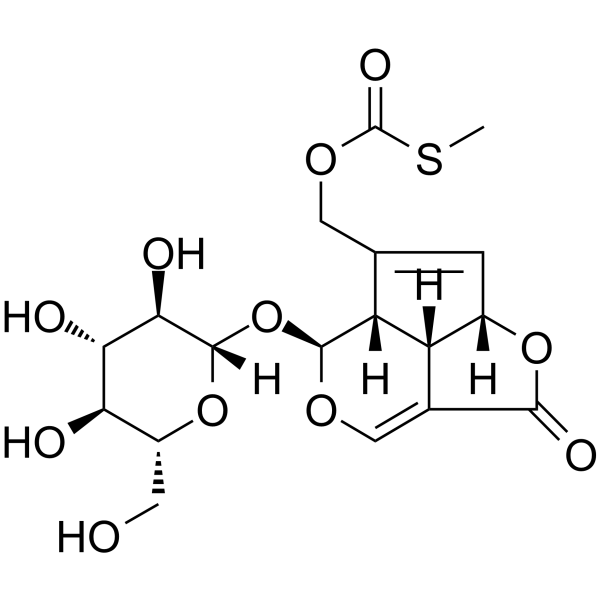
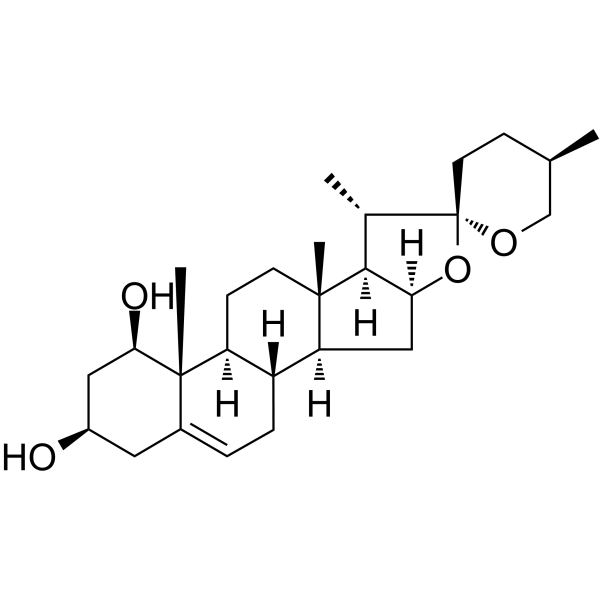


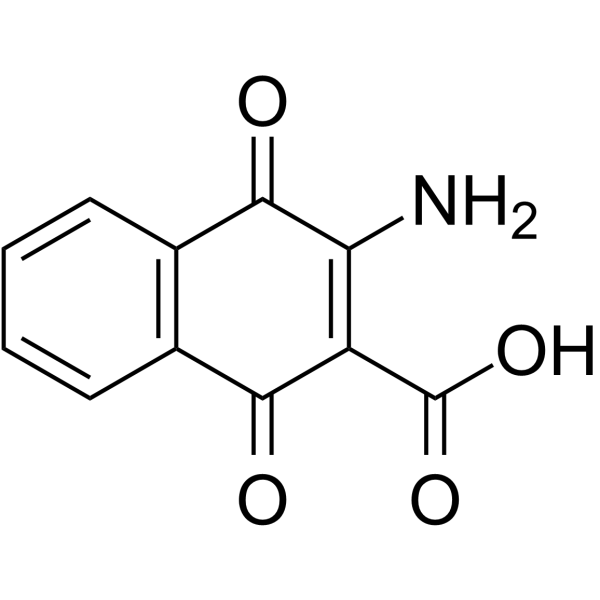

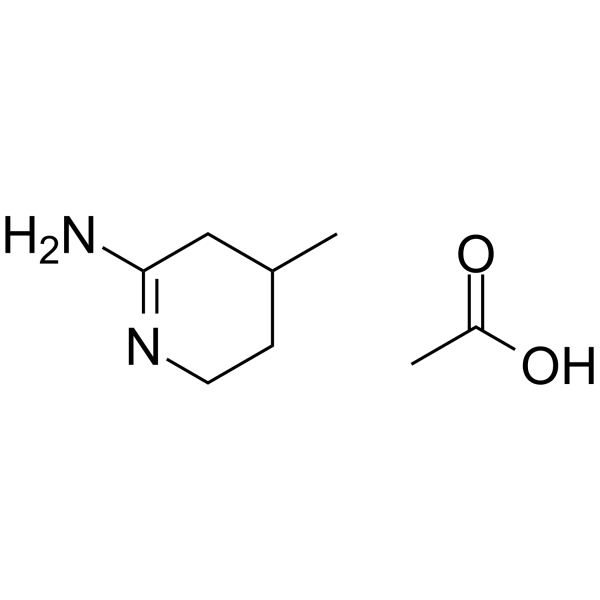

-1-propanol.gif)
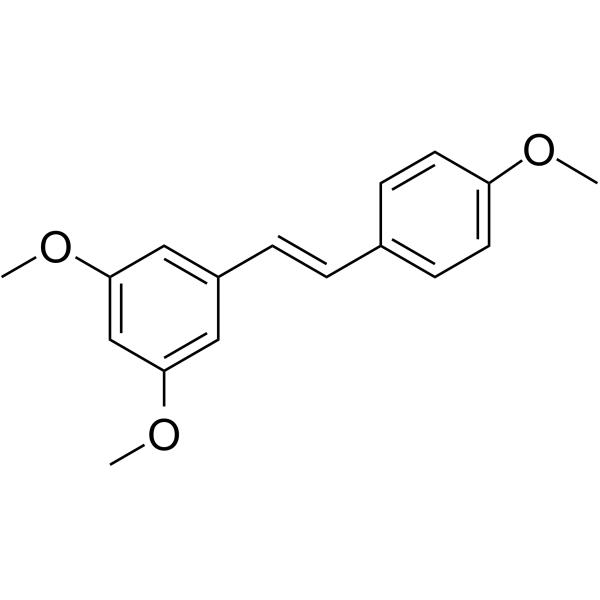
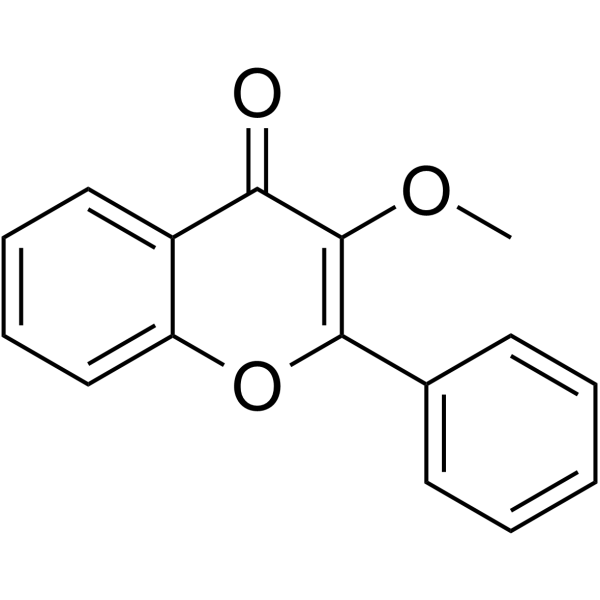

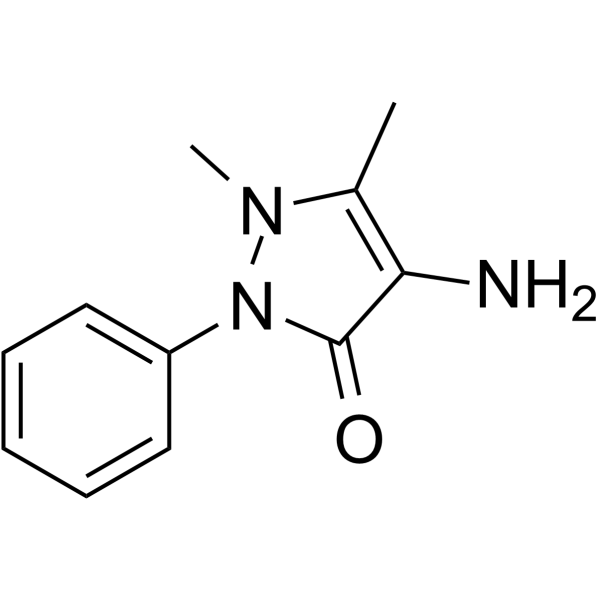



hirsutinolide 13-O-acetate.gif)
